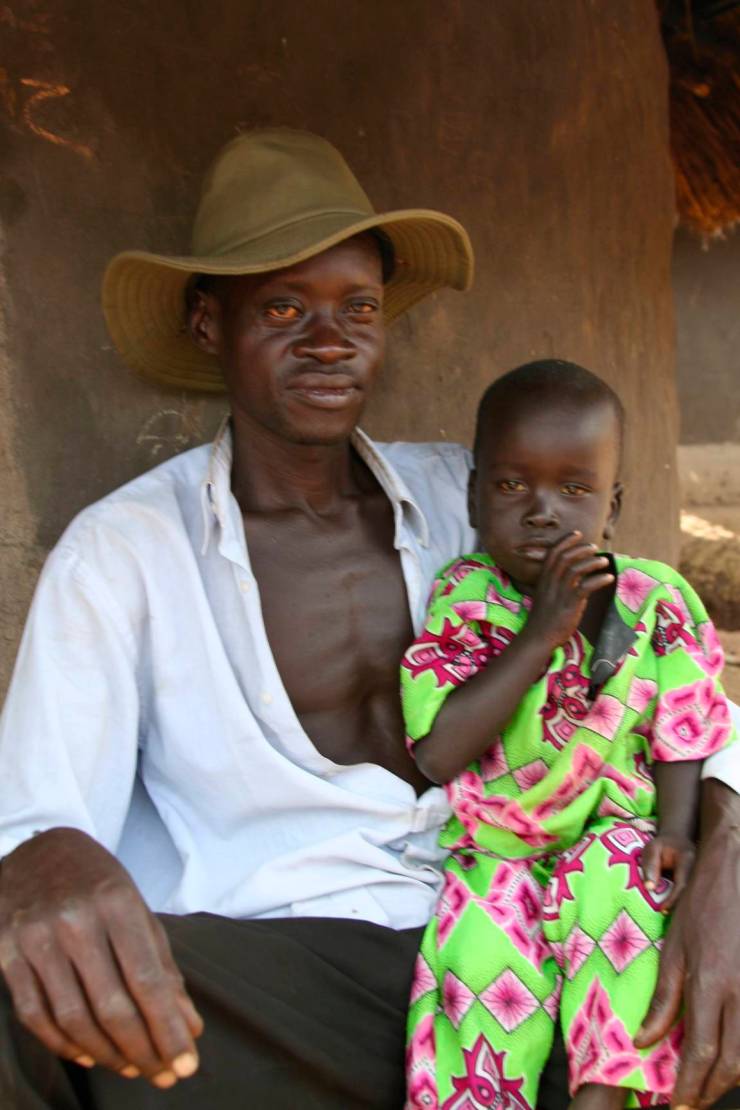The modern history of Northern Uganda makes for miserable reading. The region has been starved of development and infrastructure, starting as official policy of the British Colonial Administration in the 19th Century. It is a history which, for the last 200 years, is littered with conflict and suffering. Today, it remains one of the world’s longest-running and most destructive conflicts. Barely noticed by the outside world for decades and, despite occasional peace negotiations, stubbornly unresolvable.
The coming of independence in 1962 didn’t improve things for the north, its people deliberately repressed and persecuted by successive Ugandan governments. From Idi Amin to current President, Yoweri Museveni, the north has been the victim of official persecution along ethnic and political lines. Inevitably, this led to armed resistance, culminating in the maniacal depravations of Christian fundamentalist, and former altar boy, Joseph Kony and the Lord’s Resistance Army. Civilians bore the brunt of the endless fighting, and Museveni’s government resorted to herding people into camps.



This mass movement of people into camps was supposed to allow the Ugandan army to better protect them from the Lords Resistance Army. This was probably cold comfort for many, the army stands accused of committing atrocities against civilians as well. For twenty years people have lived in the camps. Young people have spent their entire lives there, losing their connection to their original communities. Limited opportunities for education and employment, coupled with a dependency on food handouts, have had predictable consequences.
At least people in the camps had a degree of security, those that remained in their villages were subject to depraved and brutal attacks from the Lords Resistance Army: villages were burned to the ground, men women and children were killed and mutilated, young boys were kidnapped to become child soldiers, young girls sex slaves. This whole region became depopulated through fear.



Since 2006, the fighting has receded and the Lords Resistance Army’s ability to conduct operations curtailed. From 2009 onwards the estimated 2 million displaced people living in camps slowly began to return to ‘relocation villages’, a half-way house between the camps and their villages in remote rural areas. Areas that had long been considered too dangerous for habitation while Kony and his militia freely roamed the countryside.
What struck me as I travelled around this region, and talked to people living in the camps, was just how resilient people were. There are very few places on earth that have seen worse horrors than this, yet people have endured and are slowly returning to their communities, rebuilding their lives. The damage to both people and infrastructure has been severe, no more so than for the former child soldiers and sex slaves of the Lords Resistance Army. Psychological trauma is extremely high.



The crowded camps near to the town of Gulu – capital of the region of the same name – starkly contrast with the surrounding countryside, emptied of people too fearful of Kony and the Lords Resistance Army to remain. Driving through the empty countryside, much of the former agricultural land overgrown and uncultivated, we’d occasionally get a glimpse of a person working a patch of land they had cleared for cultivation.
These people were like shadows, the moment you spotted them, they would disappear into high grasses surrounding their small plot of land. In a place where being visible is fraught with danger, no one takes the risk of being caught in the open.



In isolated ‘relocation villages’ – a concept copied from Rwanda when people returned to their communities following the genocide – we came across extremely poor communities with very little infrastructure. No running water or electricity; few, if any, medical facilities; no transportation other than on foot; the cultivation of food was limited, and people walked dozens of miles to get to UN food centres. Men were in short supply, and each village seemed to be populated by women and hundreds of children. Many of the children seemed undernourished or malnourished, frequently presenting distended stomachs.




Ugandan army soldiers ‘guarded’ the villages, but some of the women claimed the soldiers would get drunk, come into the villages to attack and rape them. There seemed to be no work or employment other than back breaking agriculture. The overall picture was one of communities, with very few resources to draw upon, facing enormous challenges without much support.

It is hard to see how things will change. The international community remains remarkably unconcerned, and people in this region can expect little help from their own government. Meanwhile, despite increased efforts, Kony is still at large and the Lords Resistance Army continues to launch attacks against civilians in both Uganda, the Central African Republic and the Democratic Republic of Congo.

Horrific, yet the people show great fortitude. Incredibly.
It’s so hard to see how these conflicts can end. The more I read about African politics, whether on my own or for academic classes that I am taking, the more elusive the answer seems. It is important that we do not forget about these people, especially because they can often seem extremely far away from our lives. So thank you for reminding us and for these photographs.
Certainly, conflicts like this seem intractable, and the human cost is terrible. Corrupt and weak governance contribute a lot, but the legacy of colonialism and the Cold War is significant. There are a lot of positives in much of Africa, including the emergence of grass roots movements for change and the economic empowerment of an emerging middle class.
Reblogged this on Oyia Brown.
Reblogged this on sueshan123blog.
Thanks for the reblog, much appreciated